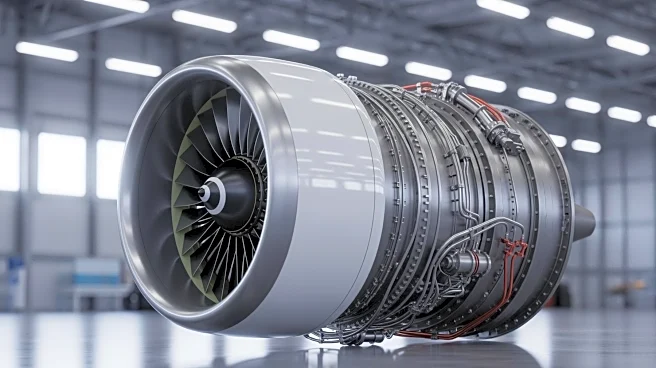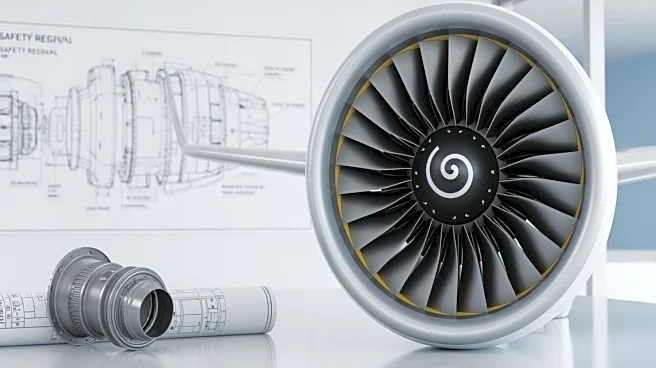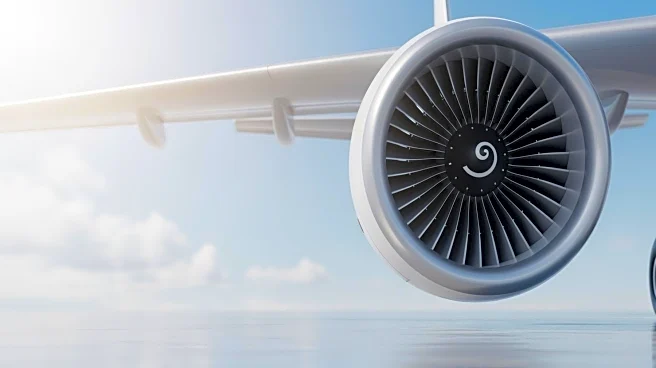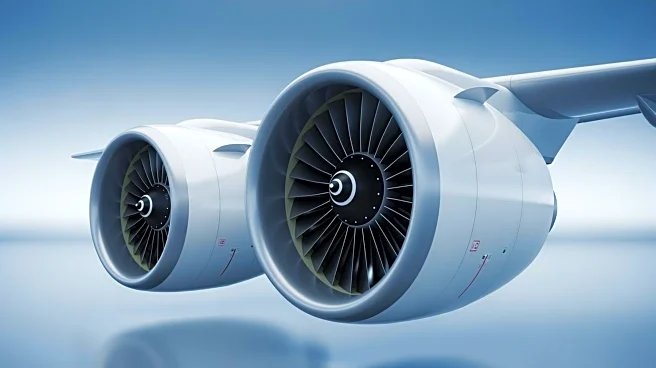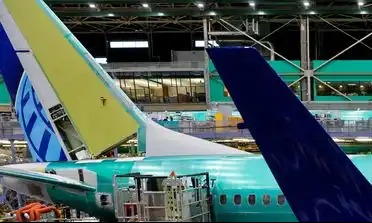What's Happening?
Boeing has announced plans to increase the production rate of its 737 MAX aircraft to 42 units per month. This decision follows the Federal Aviation Administration (FAA) lifting a previous cap of 38 aircraft per month,
which had been imposed due to safety concerns. The cap was initially set after an incident involving the 737 MAX 9 model on Alaska Airlines, where four key bolts were found to be missing. The FAA conducted thorough reviews of Boeing's production lines to ensure that the increased production pace would be carried out safely. Boeing's CEO, Kelly Ortberg, received confirmation from FAA Administrator Brian Bedford that the manufacturer could proceed with ramping up production.
Why It's Important?
The increase in production is a significant development for Boeing, as it marks a recovery from a safety crisis that had impacted its operations. The ability to produce more aircraft monthly could strengthen Boeing's market position and improve its delivery stability. This move is crucial for Boeing's business strategy, as it aims to meet growing demand and enhance its competitive edge in the aerospace industry. The decision also reflects confidence in Boeing's safety measures and production quality, which are vital for maintaining trust with airlines and passengers.
What's Next?
Boeing plans to quickly implement the new production rate, but the success of this plan will depend on ongoing quality checks and the reliability of supply chains. The company will need to ensure that its suppliers can keep up with the increased demand and maintain high standards of safety and quality. The aerospace industry will be watching closely to see how Boeing manages this transition and whether it can sustain the higher production rate without compromising safety.
Beyond the Headlines
This development highlights the importance of regulatory oversight in the aerospace industry, ensuring that manufacturers adhere to safety standards. It also underscores the challenges faced by companies in balancing production efficiency with safety and quality. The incident that led to the initial production cap serves as a reminder of the potential risks in aircraft manufacturing and the need for rigorous safety protocols.



